German Tracht, the traditional attire rooted in centuries of cultural evolution, is more than just festive clothing—it is a symbol of regional identity, social history, and national pride. Originating in the 15th century as practical workwear for peasants, Tracht has evolved into an emblem of German heritage, celebrated globally through events like Oktoberfest.
Historical Roots: From Peasant Wear to Cultural Icon
The term Tracht (from tragen, meaning “to wear”) emerged in rural Germany as durable clothing suited for farmers and laborers. Designs reflected occupation, marital status, and social class. By the 19th century, the Trachtenbewegung (folk costume movement) revived Tracht as a unifying cultural symbol. King Ludwig I of Bavaria institutionalized it at Oktoberfest in 1810, transforming dirndls and lederhosen into fashionable representations of Alpine heritage. However, during the Nazi era, Tracht was misused for propaganda, leading to a complex legacy. Post-WWII, films like The Sound of Music revived its romantic appeal, restoring its place in global culture.
Regional Variations: A Tapestry of German Identity
Germany’s diverse history gave rise to unique Tracht styles:
- Bavaria: Dirndls and lederhosen dominate, with Miesbacher Tracht featuring intricate embroidery.
- Black Forest: The iconic Bollenhut—a straw hat with red (unmarried) or black (married) pompoms—represents the region.
- Hesse: Stark black dresses with colorful appliqué reflect Huguenot influences.
- Friesland: Northern designs showcase beadwork and embroidery denoting wealth.
Once markers of class and vocation, these styles now unite Germans at festivals, blending tradition with regional pride.
The Modern Relevance of Tracht
While Tracht remains associated with Oktoberfest and folk events, modern designers are incorporating contemporary elements into traditional garments. Younger generations embrace Tracht at weddings and cultural celebrations, blending history with fashion trends. Sustainability movements have also renewed interest in handmade, long-lasting attire, emphasizing craftsmanship over fast fashion.
German Tracht transcends folklore, embodying resilience and identity. From medieval fields to global catwalks, it remains a dynamic symbol of heritage. Whether worn for festivals or personal pride, Tracht continues to celebrate Germany’s cultural richness, proving that tradition and modernity can coexist.


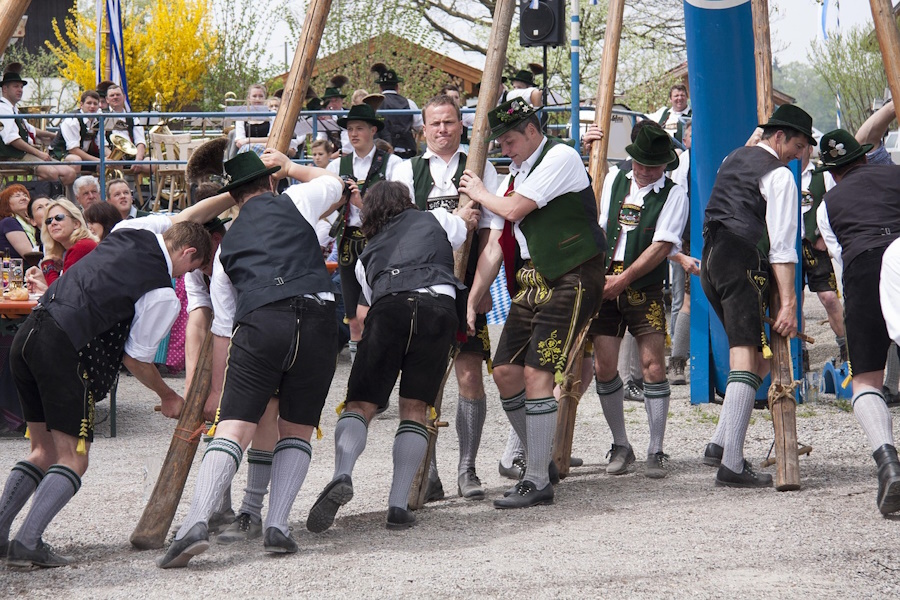
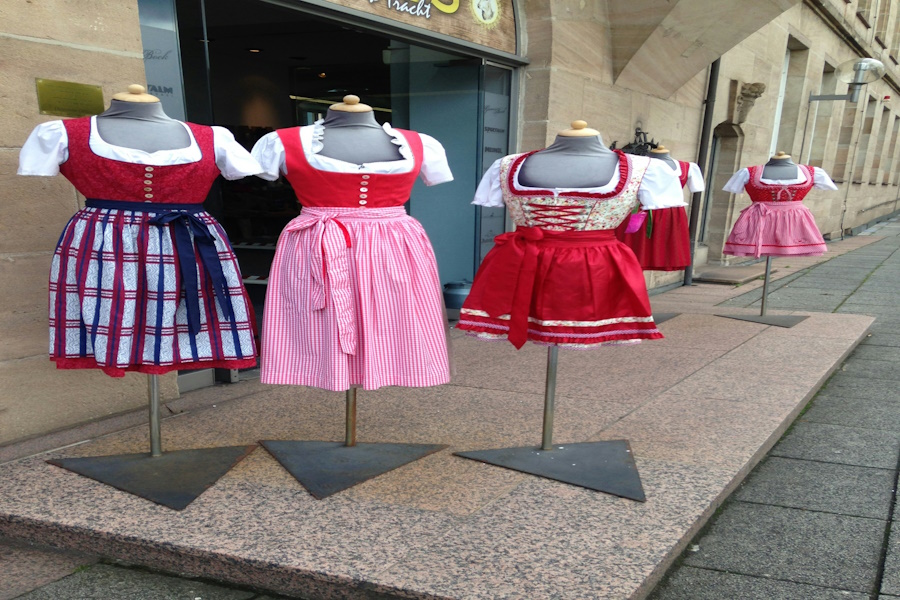
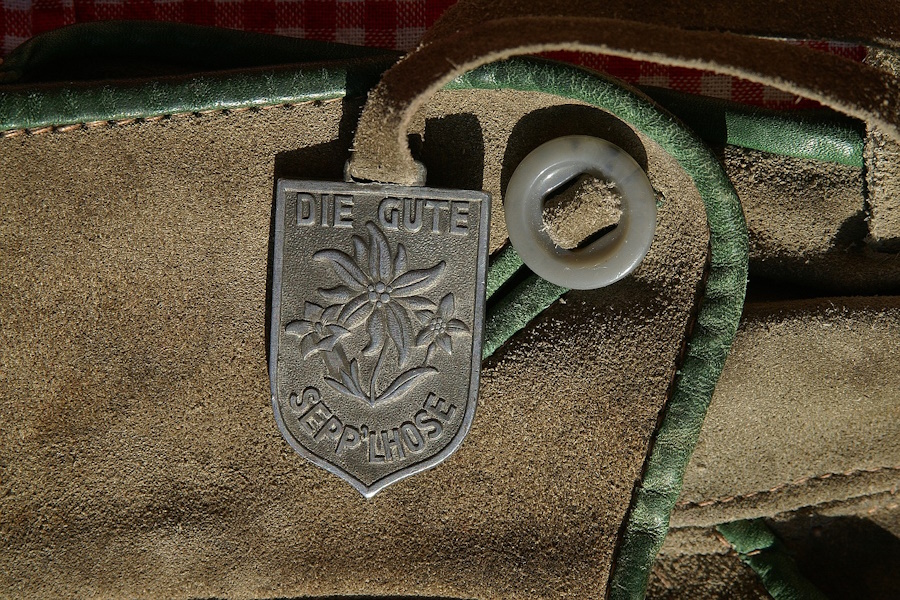
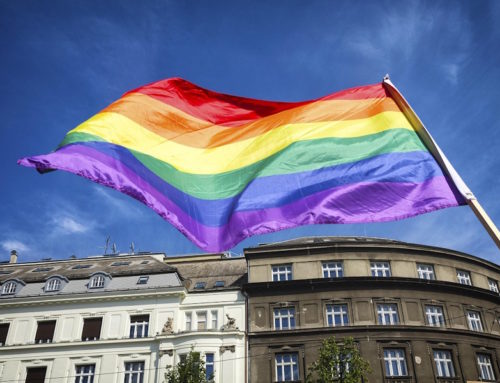
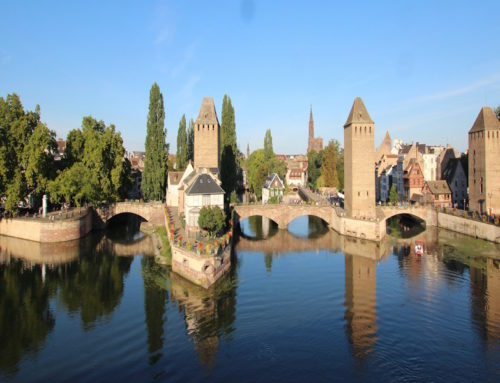
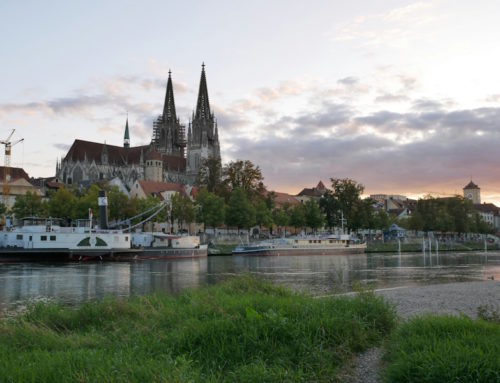

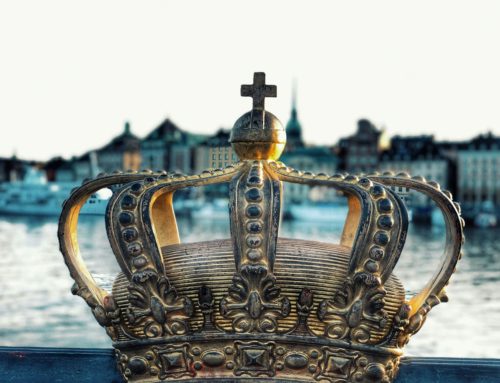
Leave A Comment